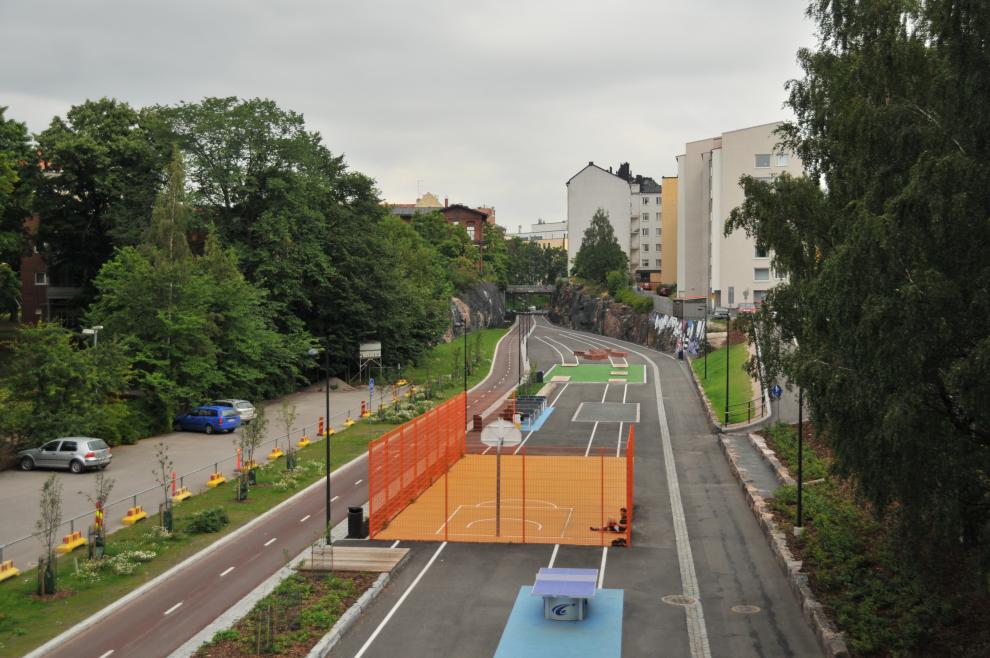Realisation of the accessibility policies

Estimated reading time 2 minutes
Objective of the assessment
The main question in the assessment was whether the accessibility of the built environment has been realised in accordance with the City’s objectives. In relation to this, it was assessed whether the common principles of accessibility have been realised, whether the accessibility policies have been realised in the focus areas of accessibility (land use planning and traffic planning, buildings, public areas, living environment and services) and whether accessibility has improved according to the accessibility indicators. The accessibility policies were prepared in 2012, and the last time the City Board was reported on their realisation was in 2016. Representatives of the Council on Disability and Council of the Elderly were interviewed for the assessment, among others.
Conclusions
The objectives of the City of Helsinki that are in line with the accessibility policies have been achieved, for the most part. The City of Helsinki has carried out nationally and internationally significant work related to accessibility. For example, it has prepared accessibility guidelines to ensure the accessibility of the built environment and drawn up a service map to provide information on accessibility. Based on the assessment, the accessibility perspective is taken into account well in the planning phase of the built environment but not always in final inspections. The Accessibility Working Group monitors accessibility, but there is no named party to whom it should report. The City divisions, service entities and certain services lack contact persons who are in charge of accessibility issues and who can also influence the realisation of accessibility. Additionally, accessibility training and orientation organised together with disability organisations has not been provided recently. Users such as representatives of disability organisations are not being used sufficiently as experience experts or service testers.
the City Executive Office and Urban Environment Division must
- define what, to whom and how often the Accessibility Working Group is obligated to report on accessibility;
- ensure that persons responsible for accessibility expertise are appointed for the City divisions to monitor the accessibility of their division, receive feedback on accessibility from the municipality’s residents, provide advice and communicate about accessibility to the city’s residents;
- increase training related to accessibility for the City divisions’ experts in cooperation with disability organisations.
the Urban Environment Division must
- create procedures for ensuring that accessibility is realised in both new construction and renovation projects. Experience experts must be utilised in the testing of accessibility.

Add new comment